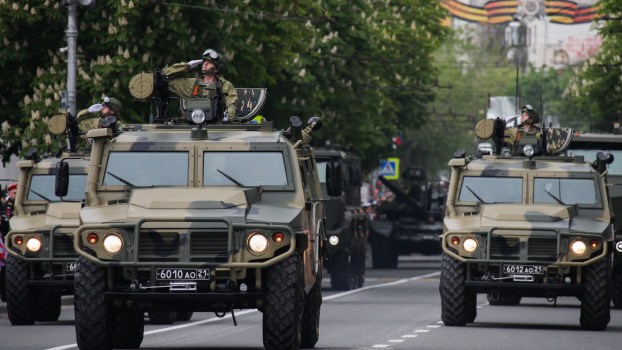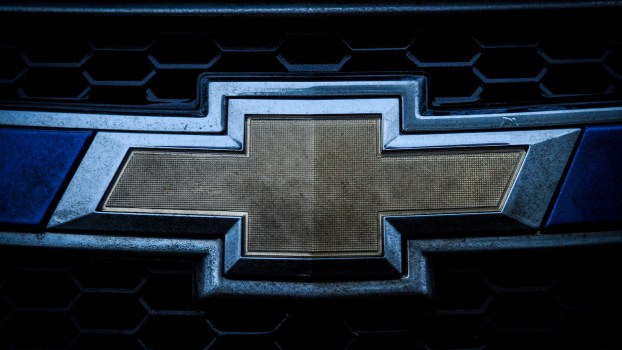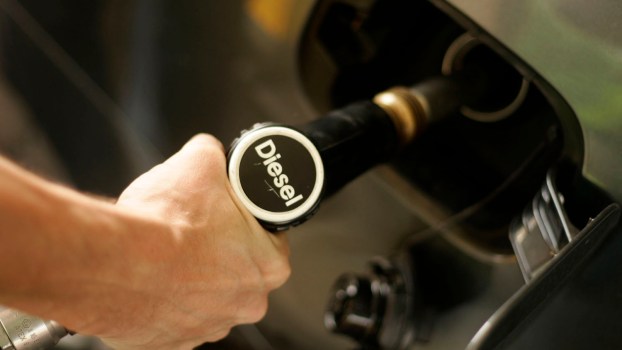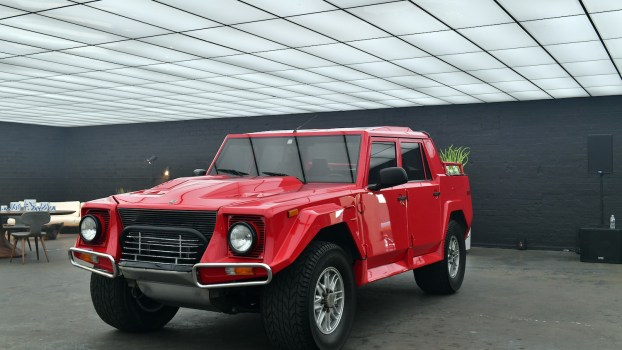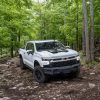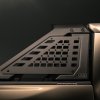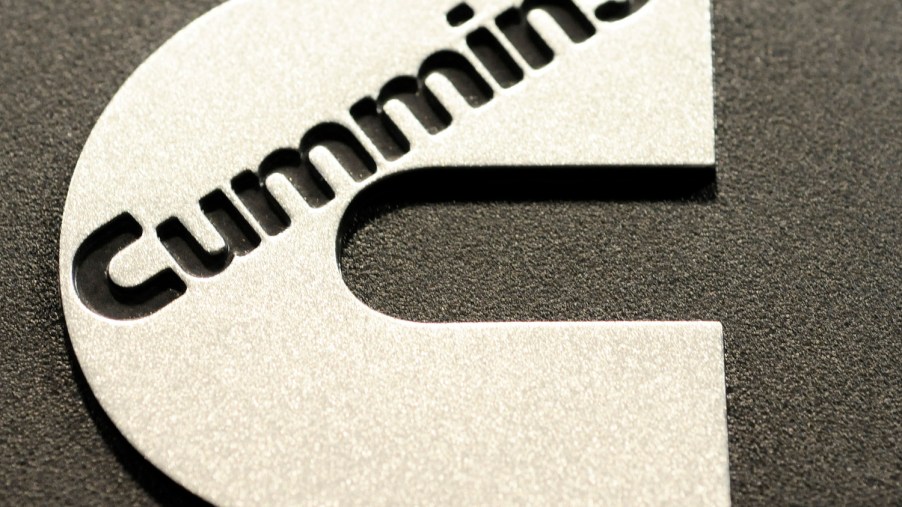
Yes, Cummins Makes a 1,000 Horsepower Engine for the Army—and It’s a 4 Cylinder
If you’re a Cummins fan, you may have memorized the stats of the six-cylinder 6BT offered in heavy-duty Ram trucks. But did you know that Cummins makes an even more powerful diesel for military vehicles? The Cummins Advanced Combat Engine (ACE) produces up to 1,000 horsepower. Even more incredibly Cummins diesel engine for the army harnesses opposed piston technology to pack two pistons into each cylinder. Therefore, it boasts 14.3 liters of displacement, with just four cylinders.
Cummins makes military engines
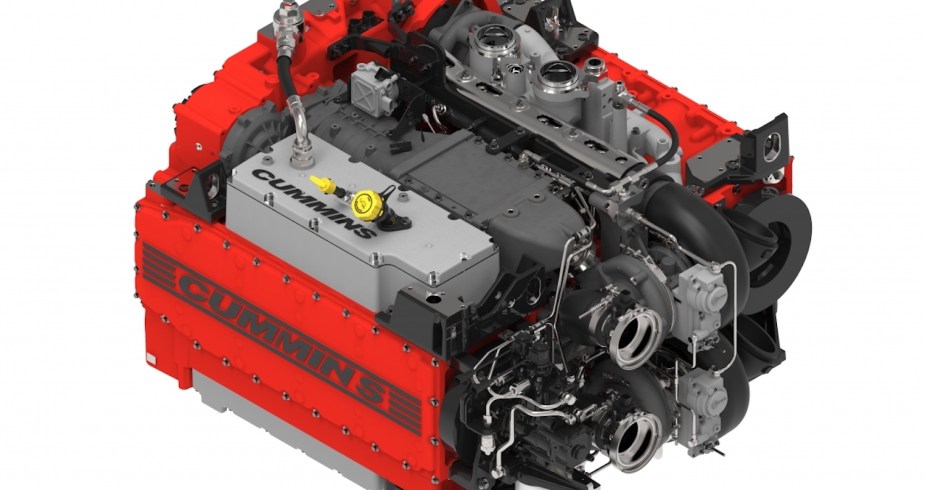
The Cummins company is a major military contractor. Cummins claims its engines power more tracked military vehicles than any other brand.
Cummins already builds a 14.8-liter turbodiesel V8 for the United States military called the V903. This Cummins diesel engine powers the Army’s Bradley fighting vehicles and the M109A7 Howitzer. It can make up to 750 horsepower. In addition, Russia’s humvee equivalent–the GAZ Tigr–was originally engineered around the Cummins 6BT. That said, Cummins has ceased all engine sales to Russia in the wake of the invasion of Ukraine.
When the U.S. Army needed a new diesel engine, it awarded its $87 million “Advanced Combat Engine” contract to Cummins. But Cummins has been building its big V903 diesel V8 since 1967, and it knew it would need to step up its game to engineer the ACE. To this end, Cummins partnered with Achates Power (pronounced Ah-kay-tees) to engineer a truly next-generation engine. The resulting powerplant harnesses efficient opposed piston technology.
The Cummins and Achates Advanced Combat Engine makes 1,000 horsepower
While Achates produces some opposed-cylinder engines as small as 2.7-liter three-cylinder units, the Advanced Combat Engine would need to be much larger. Cummins and Achates settled on a 14.3-liter four-cylinder to begin with, though the ACE system is modular and configurable. Future Cummins diesel engines built for the Army will range from four to six cylinders.
The ACE family of engines is expected to make 750 to 1,500 horsepower. Hybridization may push these numbers even higher. But the increased output is not the only benefit of the ACE engine.
As you can see in the above picture, the ACE engine is closer to a perfect cube than traditional engines. This could save critical space in future armored vehicles.
The power of opposed pistons
A standard engine, such as the Cummins 6BT in a heavy-duty Ram pickup truck, just has one piston for each cylinder. This piston moves from the bottom of the cylinder to the top, reducing the combustion chamber’s volume and compressing the air/gas mixture. Once the gas is compressed enough, it ignites and drives the cylinder back down.
See how another one of Achates’ opposed piston engines works in the video below:
An engine with two pistons in the same cylinder, moving toward each other, is much more efficient. One reason why is that none of the heat from the combustion cycle is lost in a cylinder head. Instead, it drives the other piston. Another reason is that you need half as much piston travel for a given compression ratio.
Opposed piston engines have downsides. For instance, Achates Power has had to engineer a series of gears so two separate crankshafts can spin a single power takeoff shaft. It also needs intake and exhaust valves on the sides of the cylinder. Achates uses both a supercharger and a turbocharger to feed certain versions of its opposed piston engines.
Next, read about why your diesel truck is future proof or watch Dion Anglin, Director of Cummins Defense, explain the new ACE for yourself in the video below:
